Dow Rises, Central Banks in Spotlight, and Gold Reacts to Inflation Uncertainty | Daily Market Analysis
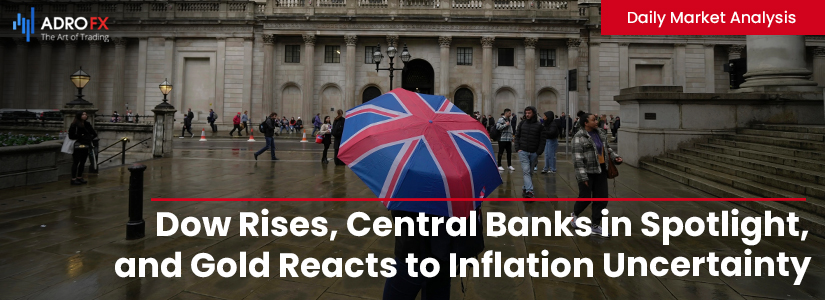
Key events:
- USA - Core CPI (MoM) (Nov)
- USA - CPI (YoY) (Nov)
- USA - CPI (MoM) (Nov)
- USA - 30-Year Bond Auction
On Monday, the Dow recorded an increase, extending recent positive trends as investors anticipated a significant week marked by pivotal events, including the release of fresh inflation data and the Federal Reserve's scheduled two-day meeting on Tuesday.
The benchmark S&P 500 rose by 0.3%, and the Dow Jones Industrial Average, consisting of 30 stocks, gained 0.43%, equivalent to 157 points. Both indices achieved intraday highs. The Nasdaq Composite, which is heavily focused on technology, experienced a 0.20% increase.

The Federal Open Market Committee is anticipated to keep rates steady within the 5.25% to 5.50% range in its Wednesday meeting. Attention is likely to shift towards the Fed's projections regarding the economy, inflation, and the anticipated number of cuts in the upcoming year.
This meeting comes on the heels of the release of fresh consumer inflation data, which is expected to unveil a continued slowdown in price pressures. Investors will be closely analyzing remarks from Fed Chair Jerome Powell for any signs of potential adjustments to market expectations, particularly regarding the timing of a rate cut.
A day prior to the Federal Open Market Committee (FOMC) rate decision, the United States will unveil its inflation data on Tuesday. While the release is not predicted to have a substantial impact on Wednesday's rate announcement, it could influence future policy decisions. Year-on-year, headline inflation is expected to have eased to 3.1% in November, with the core measure showing a slight cooling from 4.1% to 4.0% for the same period.

Looking ahead to Thursday, the spotlight will be on three other central banks. The Swiss National Bank (SNB) is scheduled to announce its latest policy changes at 8:30 am GMT, with expectations leaning towards maintaining the Policy Rate at 1.75%. This decision follows a rate pause in September, where market opinions were evenly divided, with half advocating for a 25 basis points hike to 2.00%, and the rest favoring the status quo.
At noon, the Bank of England (BoE) will take center stage, and it is anticipated to uphold its rates, keeping the Bank Rate at 5.25% for a third consecutive meeting, marking a 15-year high. Recent economic data signals a cooling in inflation, dropping to 4.6% for the year-on-year headline print and slowing to 5.7% for the core measure over the same period. The BoE stands out among major central banks, with expectations for rates to remain higher for an extended period, contrasting potential cuts by the European Central Bank (ECB) and the Federal Reserve as early as March. BoE Governor Andrew Bailey has emphasized that it is premature to consider rate cuts, and the accompanying policy statement is expected to reaffirm that policy will remain restrictive to bring inflation back to target.
Following the BoE, the ECB will reveal its decisions. The prevailing expectation is for all three key benchmark interest rates to stay unchanged for a second consecutive meeting, with a 90% probability according to market pricing. Annual inflationary pressures have notably subsided, cooling to 2.4% in the twelve months to November, and the core measure has eased to 3.6%, down from October's 4.2%. A noteworthy observation is that Isabel Schnabel, one of the more hawkish members of the Governing Council, described the changes in core inflation as remarkable, hinting that recent inflation numbers make the case for another rate hike rather unlikely. Consequently, expectations for rate cuts have gained traction, with March now being considered for a potential 25 basis points cut.
Meanwhile, during the Asian session on Tuesday, the price of gold attracted some buyers, rebounding from a three-week trough in the $1,976-1,975 region reached the previous day. Although there was an uptick, bullish conviction was tempered as traders awaited the release of the latest consumer inflation figures from the United States. The market sought more clarity on when the Federal Reserve might initiate rate cuts, a development that could provide impetus to the US Dollar and impact the precious metal.
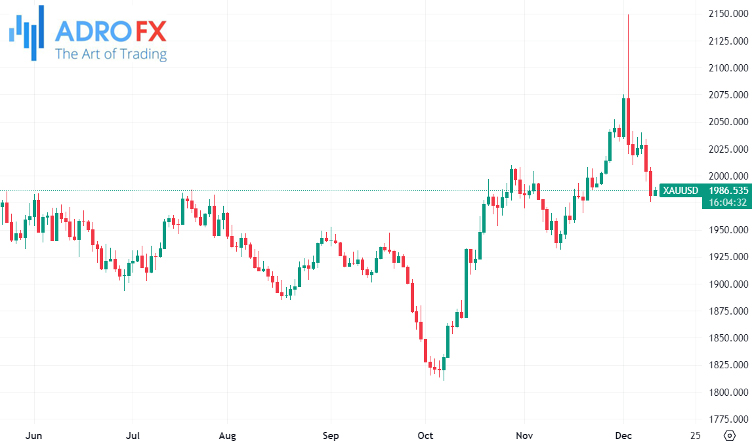
The Australian Dollar maintained its positive trajectory, building on the momentum from a volatile prior session. The ANZ-Roy Morgan Australian Consumer Confidence weekly survey saw a rise to 80.8 from the previous week's 76.4. This increase aligns with the decision of the Reserve Bank of Australia (RBA) to keep interest rates unchanged at the final meeting for the year. Furthermore, Westpac Consumer Confidence for December exhibited improvement at 2.7%, rebounding from the previous decline of 2.6%.
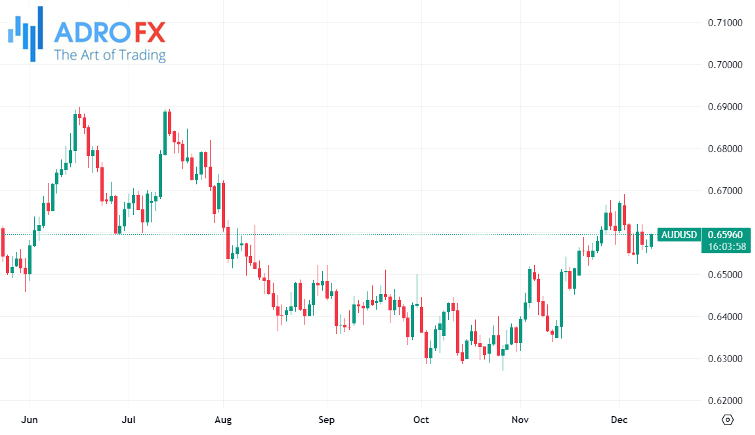
The US Dollar Index sustained its robust performance, buoyed by stronger US Treasury yields. The Greenback received a boost from robust employment figures in the United States, exerting downward pressure on the AUD/USD pair. A heightened US Dollar typically curbs investor appetites and serves as a headwind for the currency pair.
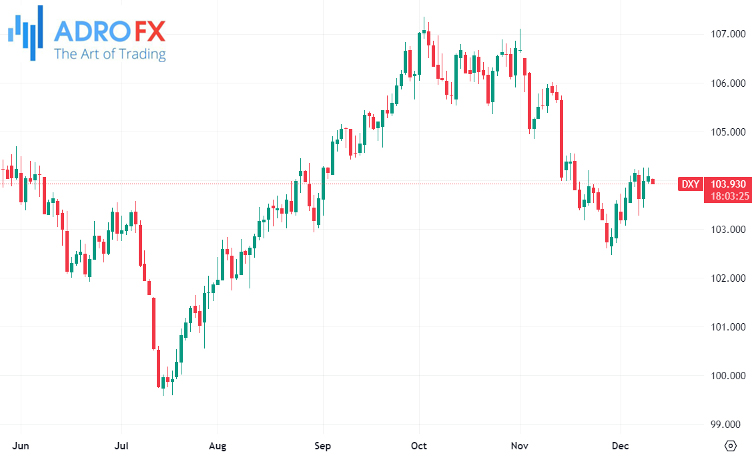
The Japanese Yen gained positive traction during the Asian session on Tuesday, temporarily halting a two-day losing streak against the US Dollar.
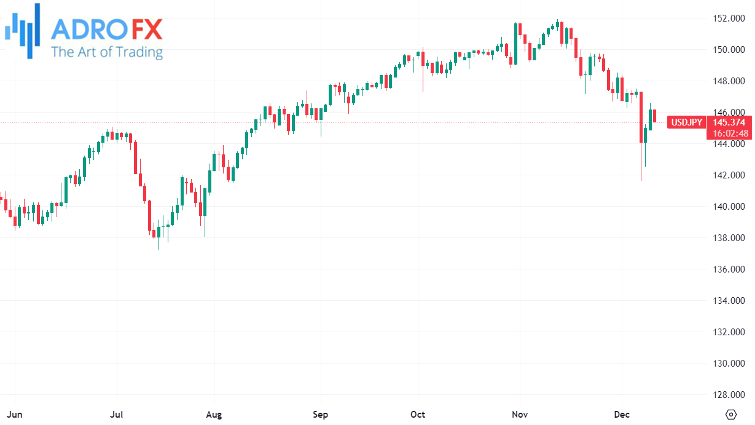
In the meantime, the USD/JPY pair pulled back, reversing a portion of the substantial gains observed over the preceding two days, as investors participated in repositioning trades in anticipation of the imminent release of the latest consumer inflation figures from the United States later in the day. Concurrently, mounting tensions between the US and Iran-backed Houthi rebels in Yemen contributed to bolstering the safe-haven Japanese Yen.








